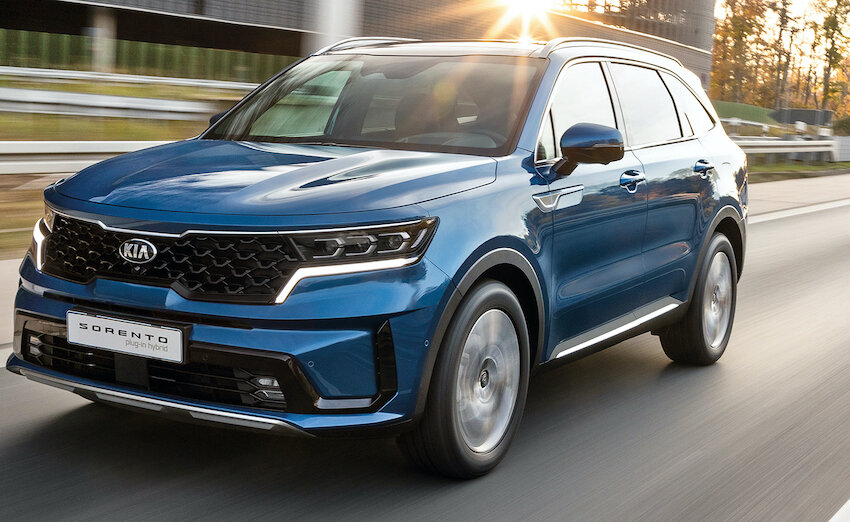Crash test plaudits for Defender and Sorento
/Five star results for large sports utilities in NZ market form.
TWO large sports utilities recently introduced to New Zealand have both received five star scores from the nationally-recognised safety ratings agency, one from testing in Europe and the other as result of a process undertaken in Australia.
The Land Rover Defender’s score comes from a test undertaken by European New Car Assessment Programme (NCAP) and applies to the long-wheel-based, five-door 110 model that is on sale in NZ, and not the short-wheelbase three-door 90 yet to release.
The Kia Sorento’s outcome was also determined by the European agency, however the score it gets comes with stamp from its Australasian sister organisation, ANCAP.
This is a procedural process but means that the ANCAP rating is only relevant to the 2.2-litre turbodiesel, all-wheel-drive variants – the only choice in Europe - and not any front-wheel-drive, 3.5-litre petrol V6 Sorentos that are built for other places. Those go unrated.
Helping the Sorento achieve its five-star safety rating and 82 per cent score in the Adult Occupant Protection category is the inclusion of a centre airbag, designed to prevent front occupants colliding with one another in a severe side impact.
It is only the third vehicle – and the first family SUV – with such a technology to be tested by Australasian or European safety authorities.
The Sorento received an 89 percent score in the Safety Assist category – the highest since the introduction of ANCAP's stricter 2020 testing protocols – with the safety body celebrating Kia's inclusion of driver attention monitoring as standard, and an autonomous emergency braking system capable of braking for cars turning across intersections.
Kia's new-generation family SUV also earned scores in the Child Occupant Protection and Vulnerable Road User Protection (i.e. cyclists and pedestrians) categories of 85 per cent and 63 per cent respectively.
However, ANCAP's technical report notes 'weak' protection of the driver's chest and upper legs in the frontal offset crash test, and 'poor' protection of a pedestrian's pelvis and head, the latter applying if their head strikes the base of the stiff A-pillars.
The Defender 110 received a solid 85 percent rating in the Adult occupant protection test (scoring 32.5 of 38 points).
In this test, the Defender scored well in the lateral impact (scoring 15 of 16 points), rear impact (scoring 3.8 of 4 points) and rescue and extrication categories (scoring 2 of 2 points). It was the frontal impact category that the Defender 110 lost points, in scoring 11.7 of 16 points.
In the child occupant test, the Defender scored 85 percent yet again (scoring 41.7 of 49 points). In the Crash Test Performance based on 6- and 10-year-old children category, the Defender received a perfect score (24 of 24 points).
It scored well in the child restraints (CRS) installation check as well, securing 10.7 out of 12 points. The only area the SUV lost out on was the safety features category (scoring 7 of 13 points), as it doesn’t have integrated child restraints and doesn’t have child-seat mounting points in the middle seat of the second row or in the third row.
The Defender scored 71 percent (38.4 of 48 points) in the vulnerable road users test, with the only major area of concern being the front edge of the bonnet, which provided poor protection to pedestrians. Lastly, it scored 79 percent (12.7 of 16 points) in the safety assist system category.


















